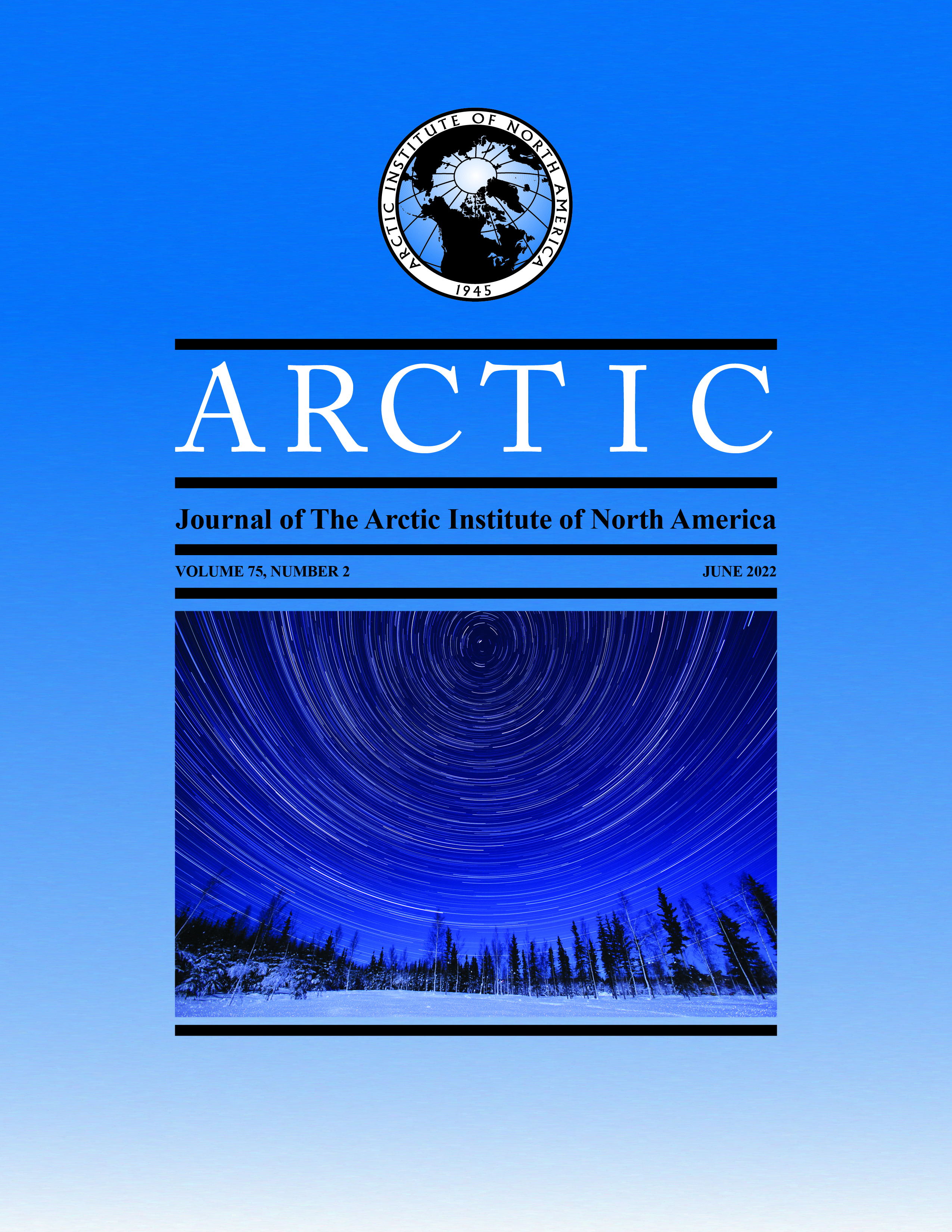Population Characteristics, Morphometry, and Growth of Harvested Gray Wolves and Coyotes in Alaska
DOI :
https://doi.org/10.14430/arctic75123Mots-clés :
taille corporelle; Canis latrans; Canis lupus; coyote; démographie; récolte; morphométrie; loup; courbes de croissance de von BertalanffyRésumé
Il existe peu d’études concomitantes sur la récolte du loup gris (Canis lupus) et du coyote (C. latrans) sympatriques dans les hautes latitudes nordiques. Par ailleurs, aucune étude n’examine explicitement les effets de la récolte concomitante sur les phénotypes des loups et des coyotes. Nous avons documenté les changements sur le plan de la morphologie et des caractéristiques du sexe et de l’âge des loups gris et des coyotes récoltés par les chasseurs à proximité du lac Ptarmigan, dans le centre-est de l’Alaska, aux États-Unis, de 1998 à 2001. Nous avons formulé l’hypothèse voulant que la récolte donnerait lieu à des canidés plus gros et plus lourds, réduirait les densités et augmenterait les rapports entre jeunes et adultes, tant chez les loups que chez les coyotes. Nous avons produit des courbes de croissance de von Bertalanffy selon lesquelles la longueur ou le poids des loups et des coyotes des deux sexes augmentait jusqu’à l’âge de deux ou trois ans. Sur le plan de la longueur ou du poids moyen, ou des rapports moyens entre la longueur et le poids, aucun changement important n’a été enregistré pendant l’étude de trois ans, sauf que la longueur moyenne du coyote était plus grande au cours du dernier hiver de l’étude. Pour le loup, la capture par unité d’effort (CPUE) variait de 0,061 à 0,112 bête tuée/jour, tandis que pour le coyote, elle variait de 0,552 à 0,11 bête tuée/jour dans le courant de l’étude. Selon la CPUE, l’abondance des coyotes a chuté, mais pas celle des loups. Pour l’un ou l’autre des canidés, les variations en matière de rapports entre les mâles et les femelles, et entre les jeunes et les adultes n’étaient pas considérables. Nous postulons que les populations de coyotes ont été touchées de manière disproportionnée à la fois par l’environnement arctique rigoureux et par une récolte soutenue. Nos constatations joueront un rôle dans la gestion des populations de canidés sympatriques et dans la compréhension des réponses démographiques aux processus dépendant de la densité chez les loups et les coyotes, surtout dans les hautes latitudes nordiques.



